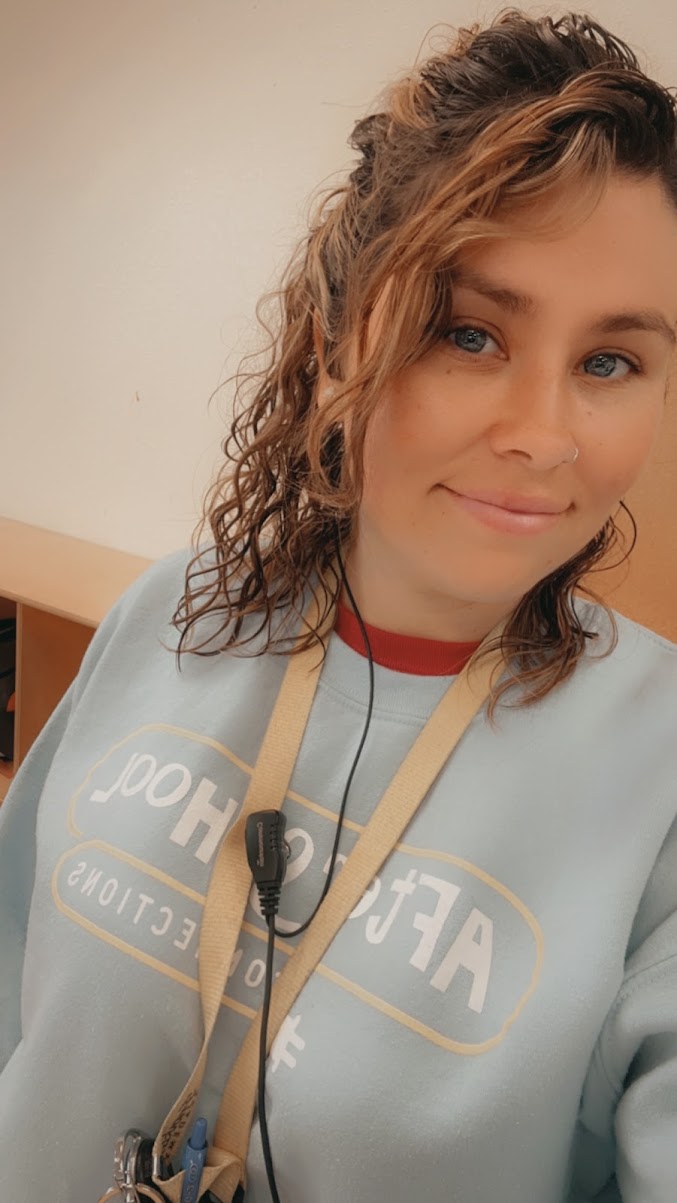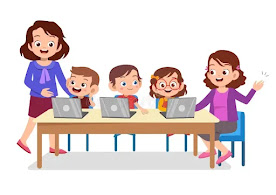Technology
In today's rapidly evolving world, it is essential for
educators to harness the power of both traditional and cutting-edge technology
tools to enhance teaching and learning experiences. By striking a balance
between tried-and-true methods and innovating digital resources, I aim to
create a dynamic and engaging classroom environment that supports student
growth and achievement. Traditional tools such as books, worksheets, and hands
on manipulatives continue to hold value in the classroom. These resources
provide a tangible and tactical experience that fosters comprehension and
critical thinking. Interactive whiteboards and projectors bring a modern twist
to traditional teaching methods. These tools allow for dynamic and multimedia
rich presentations and capture students’ attention. Incorporating educational
apps and websites into the curriculum can greatly enhance learning experiences.
These resources offer interactive simulations, virtual experiments, and
personalized learning opportunities. For instance, during a science unit on the
solar system, students can explore planets, watch videos, and take interactive
quizzes using educational apps or websites. This allows for independent
exploration, immediate feedback, and a deeper understanding of a complex
concept. As well as technology tools that foster collaboration and
communication are invaluable for promoting teamwork and critical thinking. For
instance, I might use online platforms like Google Classroom or Microsoft Teams
to facilitate group projects, discussions, and document sharing. Students can
collaborate on assignments, provide feedback to peers, and develop essential skills
no matter how long the way.
To ensure the effective use of technology in the classroom I will employ A systematic approach to evaluation. I will closely observe students’ level of engagement and motivation during technology infused activities. Are they actively participating? Are they enthusiastic about using the tools? Regular formative assessments, student feedback, and classroom observations will help gauge the impact of technology on student engagement. Assessing students’ learning outcomes is essential to determine the effectiveness of technology integration. I will compare the achievement levels of students who have utilized technology tools with those who have not, using both formative and summative assessments. This will provide insights into the impact of technology on student learning. As an educator, I will continuously reflect on my use of technology in the classroom as well.



Comments
Post a Comment